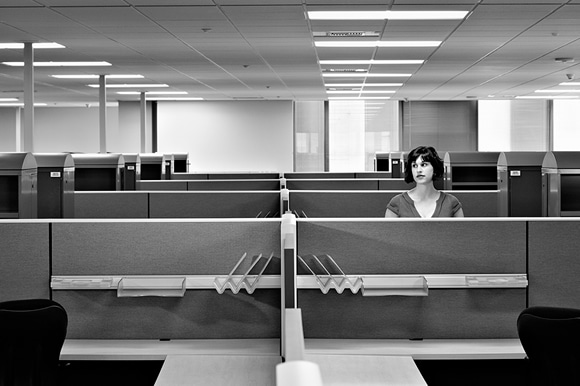Remote work has been the name of the work game since early 2020. According to a data analysis from the Society of Human Resource Management, four in ten employers offer at least some remote work — up from 22% before the pandemic.
But as home life returns to something that looks more normal, some experts are recommending a return to full-time office life, particularly for Millennials and Gen Z. These are workers who could benefit from in-person work interaction and instruction to advance their careers.
But these are also generations that value flexibility. About two-thirds of Millennials (67%) and Gen Z (63%) workers believe remote work leads to a better work/life balance, according to a survey from Deloitte. And about six in ten said that after the pandemic ended, they’d like the option to work from a remote location more frequently.
While fully in-person work has its benefits, many employers plan to stick with some form of flexible work. Here’s the lay of the office land:
Most employers who went remote are happy with it
Some industries don’t have the option of remote work — think food services, retail, warehousing — but during the pandemic, about a third of private sector companies increased remote work opportunities for their employees, according to a report from the Bureau of Labor Statistics. Of those, six in ten plan to keep the telework policies they put in place.
“We’ve been able to hire a wider variety of talent across the country, and despite being remote, we have high engagement, employee satisfaction, and virtually no turnover,” says Lauren Schneider, senior public relations manager for HR tech company Compt, which went fully remote at the start of the pandemic.
For Millennials and Gen Z workers, fully remote work gives them, among other things, the opportunity to work for high-profile companies while living in lower-cost areas. “Providing employees with the flexibility to work when, where, and how they want, shows them that you value their input and respect their time management skills,” says Kirill Sajaev, executive director and founder of digital marketing firm Auq.io.
Hybrid models are trending
Employers understand that work flexibility drives worker retention — but many would still like to see their employees’ smiling faces now and then. Those are the companies asking workers to report to an office on at least a part-time basis. That meshes with a 2021 survey by McKinsey that found that nine out of ten companies planned to be hybrid post-pandemic.
“Personally, I think a hybrid model has the best of both worlds,” says John Frigo, eCommerce manager with Bestpricenutrition.com, which is bringing remote employees back to the office a few days a week. “It gives employees more flexibility and takes away some of the burdens of commuting, packing lunches, having work clothes ready to go, while also having the benefits of in-office work, such as people having relationships with one another and building rapport.”
Hybrid models allow workers to meet and collaborate as needed, but also to avoid some of the expense of full-time commuting, particularly as prices continue to climb, and allow companies to save on office expenses.
Fidelity Investments reports that a quarter of the company’s associates are participating in voluntary re-entry programs across all offices. During the next phase of re-entry, the company is asking teams to come to the office one week a month. And last fall, American Express introduced Amex Flex, a new work model allowing workers to choose a hybrid or remote work schedule.
“The majority of our colleagues in the U.S. have chosen a hybrid schedule, which means they come into the office an average of two days per week and work virtually for the rest,” says Claire Hogan, vice president and head of global talent acquisition at American Express. “More than 40% have opted to be fully virtual, a percentage that has doubled since before the pandemic.”
Remote work doesn’t work for everyone
Remote work isn’t a miracle setup for all companies, and some see the benefit of bringing everyone back to a central spot, particularly for new employees. For one thing, when you’re working remotely, you can’t pop your head into the partner’s office for a quick discussion or interrupt a manager near you with a question.
“Companies have found it difficult to reproduce this online,” says Rahul Vij, CEO of WebSpero Solutions, a digital marketing agency that is calling all its employees back to the office. “Clients and management notice the difference since new employees aren’t learning many essential aspects of the job, such as how to ask follow-up questions, or people skills in general.”
Other companies see the benefit of in-person camaraderie — something that requires real creativity to reproduce in a virtual workplace.
“We gain something when we interact with someone in person,” says Marcus Hutsen, business development manager of Patriot Coolers, which is returning to a full-time in-person model. “[It’s] something that can’t be duplicated by other modes of communication. If we need to go remote again sometime, we will, but for me, the default is to be working together in an office, as a team.”
The bottom line
It may be true that full-time, in-person work is beneficial to robust career development, but after two years of flexible work options, remote work may be a tough knot to unravel from company benefits.
“Flexible work schedules support the mental and physical health of employees, which in turn encourages and bolsters productivity,” says Sarah Hawk, COO of software firm Discourse. “If businesses recognized that the benefits of trust-based relationships outweigh the archaic need to micro-manage, productivity and health would soar.”
